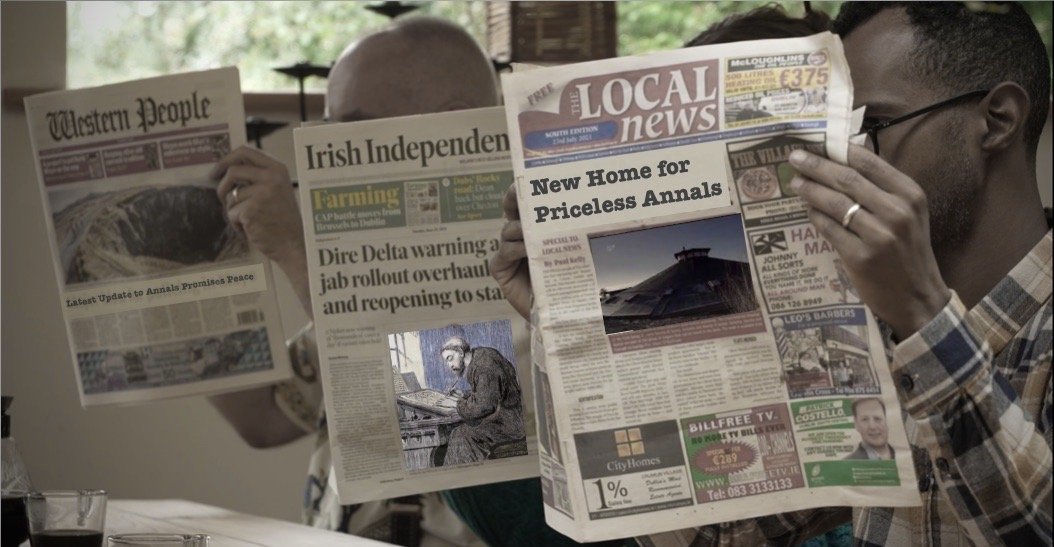Brú Moytura is situated on the north end of the plateau of Moytura in Co. Sligo where the mythic Battle of Moytura took place. This ancient district has the greatest proliferation of megalithic monuments in Europe, each square yard = a yarn of legends.
In 2000 Colum Stapleton, built this cairn-like structure with the help of a team of visionary builders and volunteers. Initially called Gyreum (from gyre - circle + eum ), over the years the main building has gone through different phases, shapes and functions, while an orchard, tiny house, out buildings and garden grew organically about it.
Nestled amid cairn topped mountains the building blends with the natural landscape, its triple entrances align with Summer & Winter solstices in line with Carrowkeel, Queen Maeve’s cairn atop Knocknarae and closest by Sí Lú cairn on the plateau of Moytura.
Colum’s design reflects the shape of the local megalithic structures with an interior created to hold and promote circles of group work. The central circle with a fire pit is surrounded by sleeping pods (check out our venue page for pictures) while the outer ring houses the dorms and double rooms, a leader’s room, a spacious kitchen, bathrooms and shower room. A newly added sun-room at the front, finished with a warm larch wood floor is perfect for quieter activities or smaller yoga or group work. There is also a covered conservatory filled with plants, comfy couches and great art, plenty of room to unwind and chat on warmer evenings.
Not for Profit
Brú Moytura, a Non for Profit, has transitioned from previous Gyreum incarnation. A portion of all proceeds from the venue hire etc goes back into further developing the ecological and cultural programs onsite as well as creating new art work, expanding the medical herb garden and innovative energy projects and most importantly the year on year chronicling.

